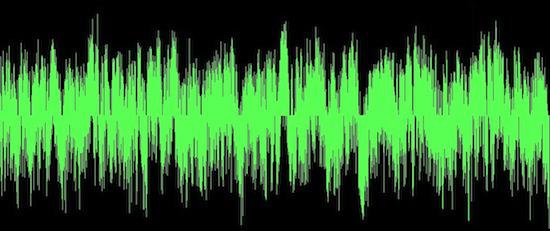599
There is pink noise

Pink noise is significantly different from the better known white noise. And white, and pink noise contains all frequencies that the human ear is able to distinguish - from 20 to 20 thousand Hz - but differ in signal strength. The white noise has equal power in all frequencies, whereas at a pink noise signal power decreases with increasing frequency.
Thus, the low frequency sound when the pink noise louder and more intense than high. However, most people perceive sound with pink noise as an equal, as the power remains constant per octave. In acoustics oct - this frequency band, where the highest frequency of twice the lowest frequency. For example, the sounds from the 20 to 40-Hz - it is the octave, and the sounds of the 40-to 80 Hz - too.
Although the power per Hz decreases with increasing frequency, the value increases octave (each successive octave contain more frequencies) to allow pink noise having the same power per octave.
Examples of pink noise are, for example, the circadian rhythms of the heartbeat, the luminosity of the quasar or traffic flows. In terms of beneficial use pink noise is often used to set up the speakers in the room. In recent years, the pink noise is also used to mask the low-frequency background noise, potentially helping to increase concentration and productivity of employees in a company.
Also pink and white noise and noise exist other "color", for example, blue and brown.
via factroom.ru























